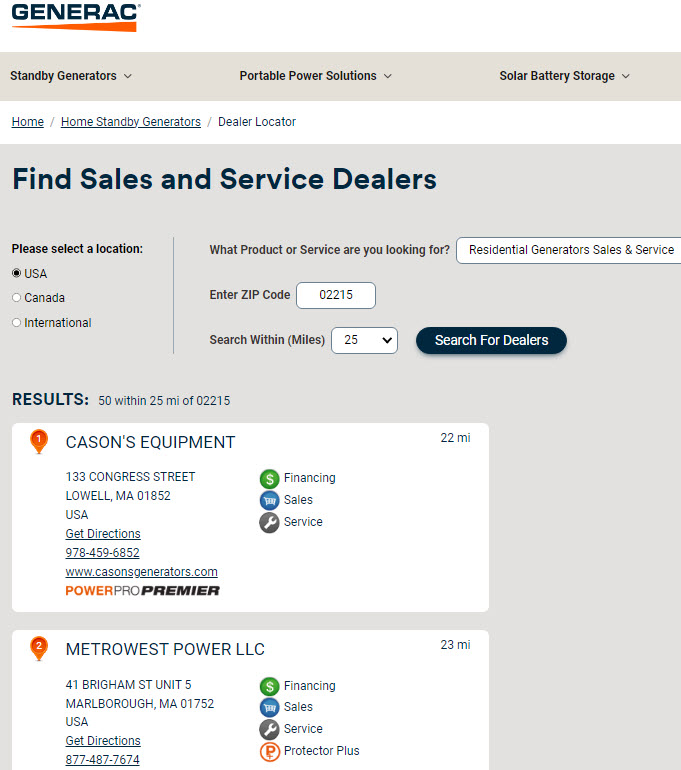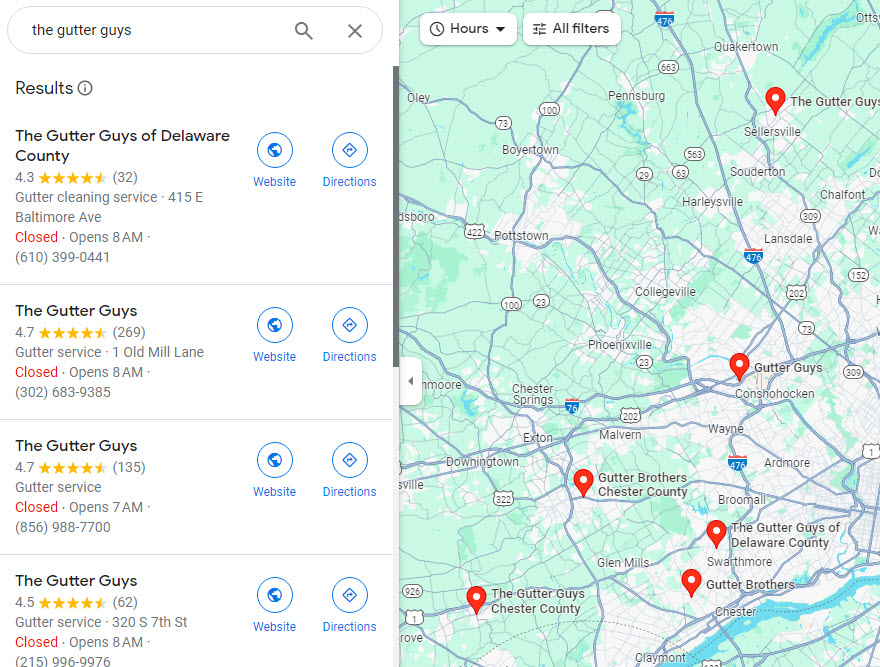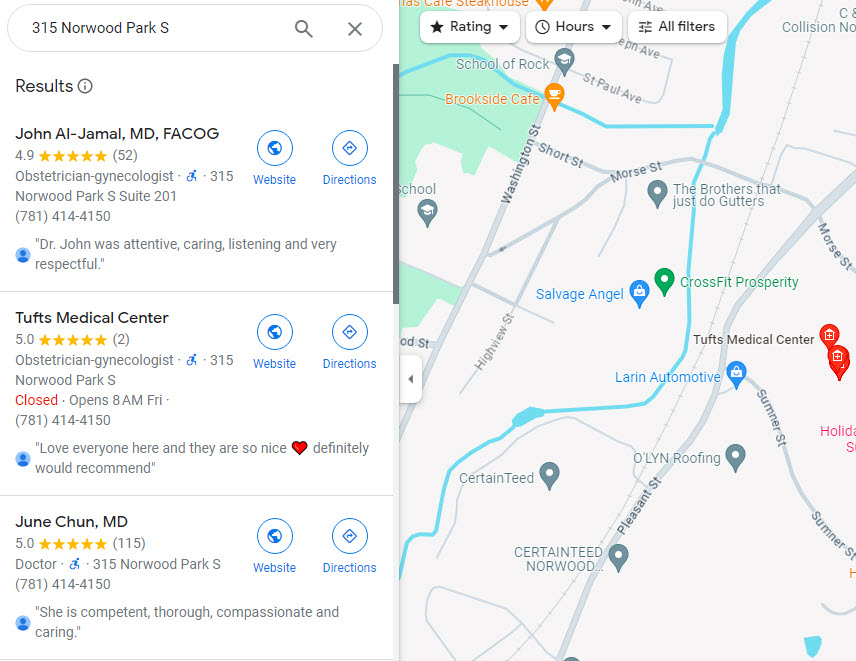You don’t just want to become easier to find: you want to be harder to avoid. Higher rankings make you more visible, but alone they don’t make you unavoidable. Your goals will require more than that. You need multiple ways to advance your goals, and not just 1 or 2.
It’s like how there’s not just one way to grow your wealth. You can get paid more, spend less, reduce your debt, reduce your tax burden, buy assets that appreciate, turn savings into investments, etc. It’s similar in other situations, too: There are many different ways a farm can produce more food, a military can deliver more victories, a baseball team can win more ball games, and so on. So it is in local SEO. More customers are more likely to darken your door if they keep seeing you, rather than if they saw you only once. In the process, you’ll also become less reliant on a single visibility source that can swing wildly from day to day or go up in smoke.
What are all your options? What are all the ways to grow your local visibility (or unavoidability)? Here’s a list. You’re probably working on a few of these, but almost certainly not all of them. See how many of these 12 irons can go into the fire.
Option 1: Increase your rankings for terms you already rank for, both on and off the map. When most people think of SEO, this is what they think of. (Big shocker, I know. Not news to you, but I had to mention it.)
Option 2: Start ranking for terms you don’t yet rank for. You want what I call thick rankings. This is where a lot of my advice on “service” pages, the homepage, YouTube SEO, and other moving parts becomes extra germane.
Option 3: Rank in more places for any given search term. You rank throughout the whole city rather than in just one neighborhood, or you rank in 5 leafy green suburbs rather than just in one. If your footprint is too small, pretty soon you won’t have a footprint.

Option 4: Develop more non-Google visibility. Effective local SEO produces visibility in 3 basic places: (a) the Google Map, (b) the organic results, and (c) non-Google search engines, directories, and other sites. The action items that help you in one area tend to help you in the other, but you do need to keep an eye on every theater of war.

Option 5: Build an additional site. Most people do this to focus on a niche, often one that may seem like an odd fit on the mothership site. Sometimes it’s easier to get this little scout ship to fly, and sometimes it’s harder. By the way, it doesn’t need to be a transactional site, where customers are supposed to pay you right after finding it. I’ve seen people build directories, industry associations, media kits, and good-old-fashioned blogs.
Option 5: Acquire a site that’s been around for a while. The main reason to do this is to get the backlinks profile that the previous owner built up over the years. Assuming the links are solid, you can try to get the newly acquired site to rank (and possibly serve as a vehicle for some Google Business Profiles), or you can drop in a few easy links to your older site, or both.
Option 7: Create a new business. Preferably you do it by the book, but that’s between you and your consigliere. In any case, the separate site will be an additional line in the water, as will be any Google Business Profiles and other properties. All of it you can focus on a separate niche or on the same space the older business is in.
Option 8: Acquire a new business. Same thinking as with #7, except here you may inherit the staff, systems, customer base, branding, site, backlinks, Google Business Profiles, Google reviews, reviews on other sites, Search Console data, YouTube videos, Google Ads campaigns, and other goodies. Some of those may even be your main reasons to buy the business in the first place. (Of course, buying another business is way easier said than done, and it sure can get expensive. My point is just that it’s another way to add lbs. of muscle.)

Option 9: Add a new location. Presumably with a Google Business Profile and a separate set of citations in tow. This can be a no-brainer or foolish, risky or safe, or a jackpot or a waste of time, depending on many particulars. (As you know, Google Maps spam is an attempt to add a “location,” to varying degrees of success.) Unless you’ve got a bricks-and-mortar business, franchising often is the best way to fan out.

Option 10: Add a Google Business Profile for a “department” within your business. What qualifies something as a “department” is a matter of interpretation. Whatever you set up, make sure you have a landing page on your site for it, along with citations to match the GBP page.
Option 11: Become a “department” within another business. Coinstar is a perfect example, but you may be able to pull off a version of this, depending on the nature of your business and on what sorts of businesses are complementary.
Option 12: Create a “practitioner” Google Business Profile for a specialist in your organization, plus a bio page that’s focused on his or her specialty, plus citations that reflect the GBP page. The GBP page and the citations should use the bio page as the landing page URL. Over time you’ll want to get reviews, too. The “practitioner” might be a doctor, NP, attorney, agent, therapist, or similar professional.

In time this person can rank for terms relevant to his or her niche, without cutting into the visibility of your business or practice or anyone else in it. Divide and conquer.
—
You may have noticed that businesses with iffy rankings (or none) can be much more profitable and dominant than businesses with great rankings. The simple explanation is that they’ve taken different paths to grow. You could say that local search visibility is one of those paths, but I’d add that there are multiple paths even to that visibility. You need multiple routes to where you want to go. At various times, any given path might be blocked by a Big Ugly Corporation, spammers, an eviction and relocation, a dissolved partnership, a local economy that craters, or an algorithm update. Only the paranoid survive.
The good news is you can probably grow your local visibility – and get closer to “unavoidable” status – by adding just a couple of those mini-strategies to your master strategy. You may even find progress to be a little easier than it’s been so far.
What are all the ways you’ve extended your tentacles? What’s worked best? Any difficulties in executing any of the less-used strategies? Leave a comment!


Recent Comments